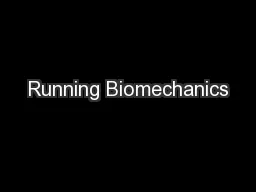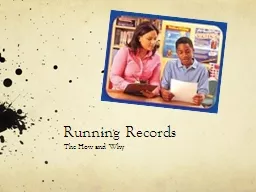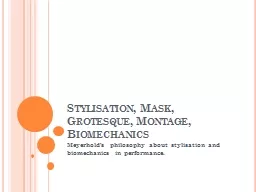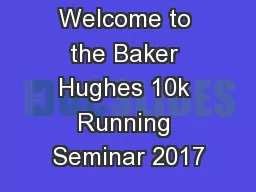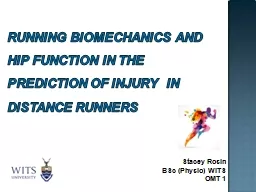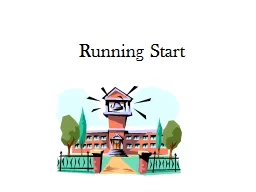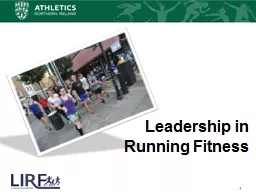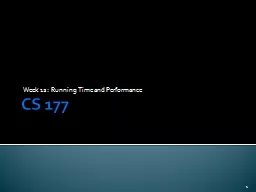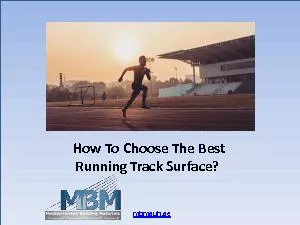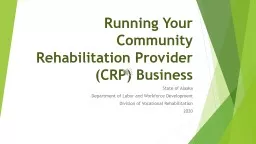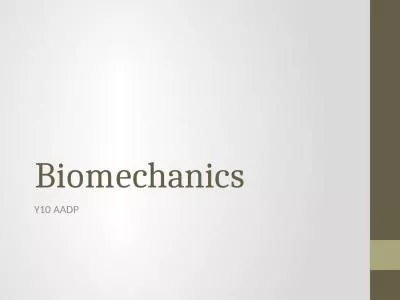PPT-Running Biomechanics
Author : phoebe-click | Published Date : 2016-04-22
High Peaks Elite Distance Camp Correct Running Stride 9093 steps per minute one foot Foot landing under center of mass Landing on middle to forefoot of shoe Incorrect
Presentation Embed Code
Download Presentation
Download Presentation The PPT/PDF document "Running Biomechanics" is the property of its rightful owner. Permission is granted to download and print the materials on this website for personal, non-commercial use only, and to display it on your personal computer provided you do not modify the materials and that you retain all copyright notices contained in the materials. By downloading content from our website, you accept the terms of this agreement.
Running Biomechanics: Transcript
Download Rules Of Document
"Running Biomechanics"The content belongs to its owner. You may download and print it for personal use, without modification, and keep all copyright notices. By downloading, you agree to these terms.
Related Documents

